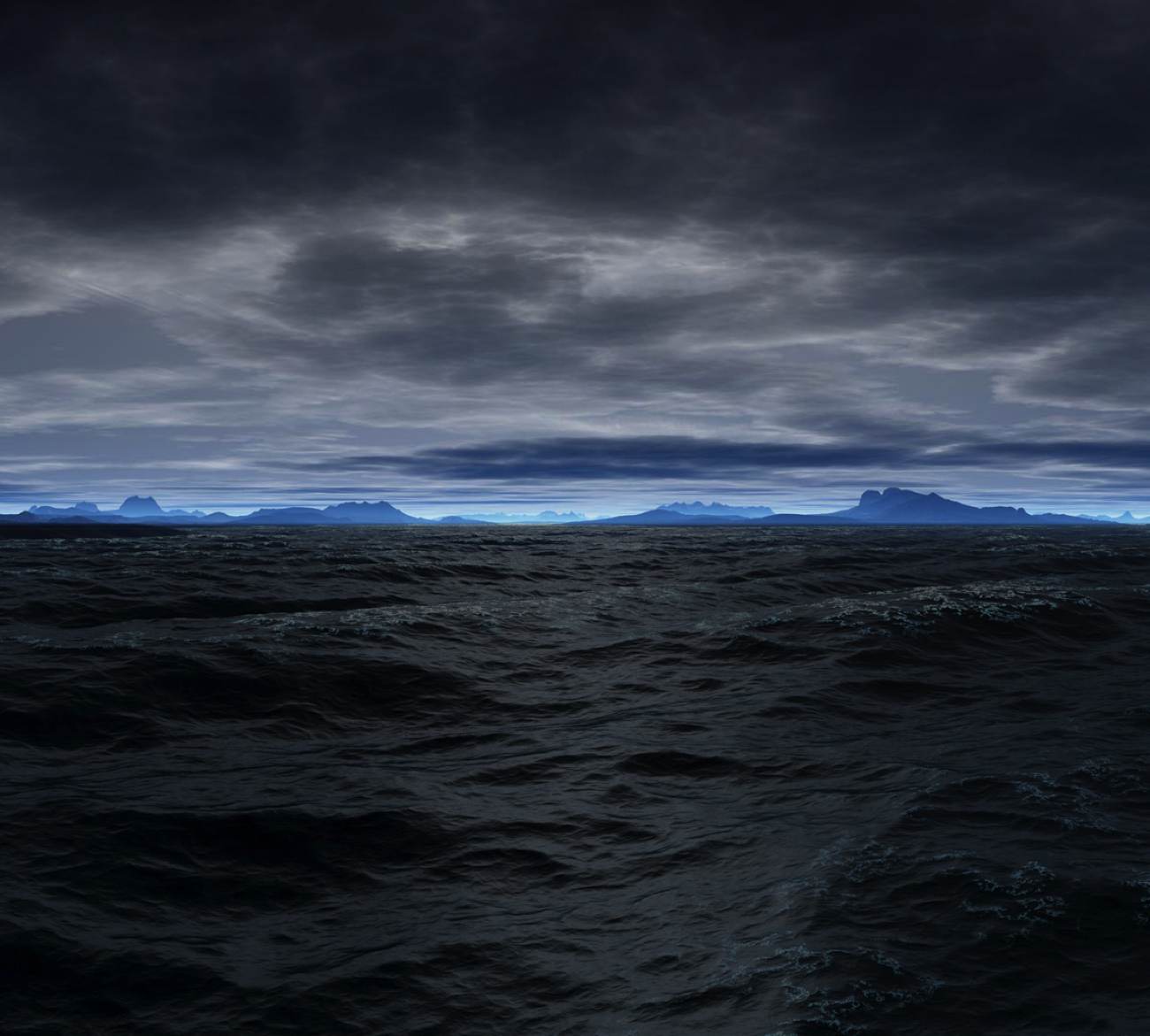Joseph Stalin came to power in Russia in 1929. By 1933 his campaign to bolster patriotic morale and to cover up his determined effort to eliminate any dissent was in full swing. Posters, parades, broadcasts and newsreels all focused on the accomplishments of the Stalin socialist state. Perhaps his favorite theme centered on the rapidly evolving aviation sector and the people engaged in new and exciting developments. To this end he flung Russian airplane designers and pilots into the competition to capture flight records. And by 1938 Russia had claimed some 68 records for distance, altitude, and various "firsts." One of the more spectacular ones was a 6300-mile polar flight of N025 from Moscow to San Jacinto, California, in early 1937, the precedent to likely ordering that a larger aircraft with crew and cargo replicate that feat.
And onto this stage were his favorite pilots who braved the new aerial world and challenged endurance, environment and the unknown. His explorers of the sky. These men and women, dubbed ‘Stalin’s Falcons’ by the state-controlled media in the USSR, performed heroic feats in the name of the Soviet motherland and received the grateful plaudits of Stalin and the Central Committee. Indeed, Stalin and his colleagues supervised the efforts of the Soviet Union’s aviators so closely that these ‘Falcons’ themselves became a part of the Cult of Stalin. Moreover, they and their achievements fed into all of the key themes of the Stalinist 1930s.
Sigizmund Levanevsky was one of his favorites and for that matter so were much of his crew. Levanevsky in particular exhibited that flair and élan, and perhaps the ego that ultimately ended in tragedy.
It was under this political hype and propaganda that Levanevsky and his select crew prepared what was an experimental prototype bomber hastily refitted for long distance flight and climbed aboard while a cheering crowd waved them off into history.

STALIN'S FALCONS






